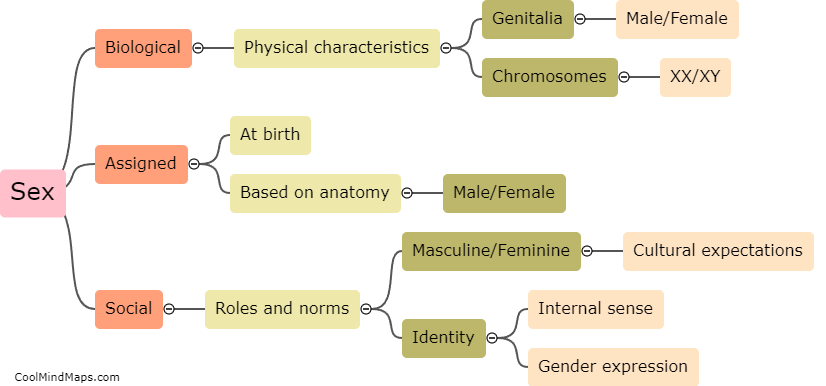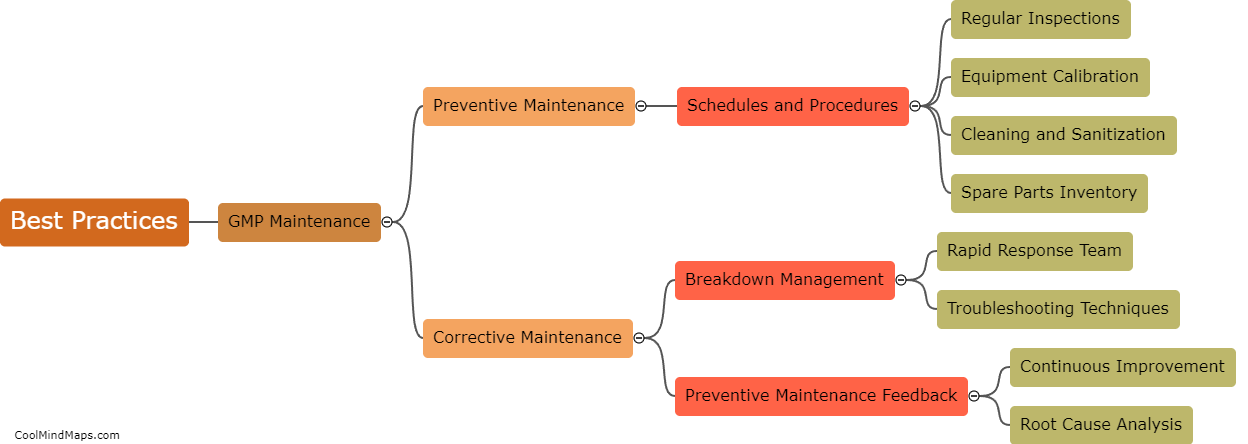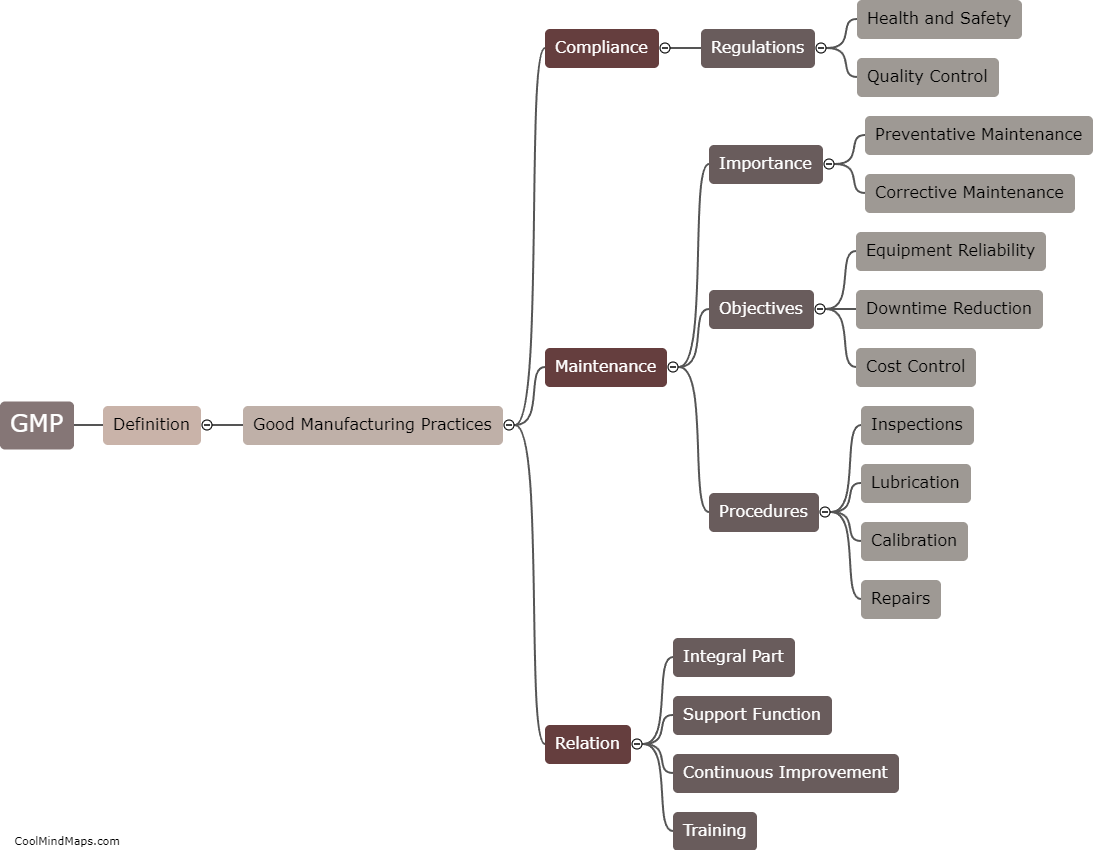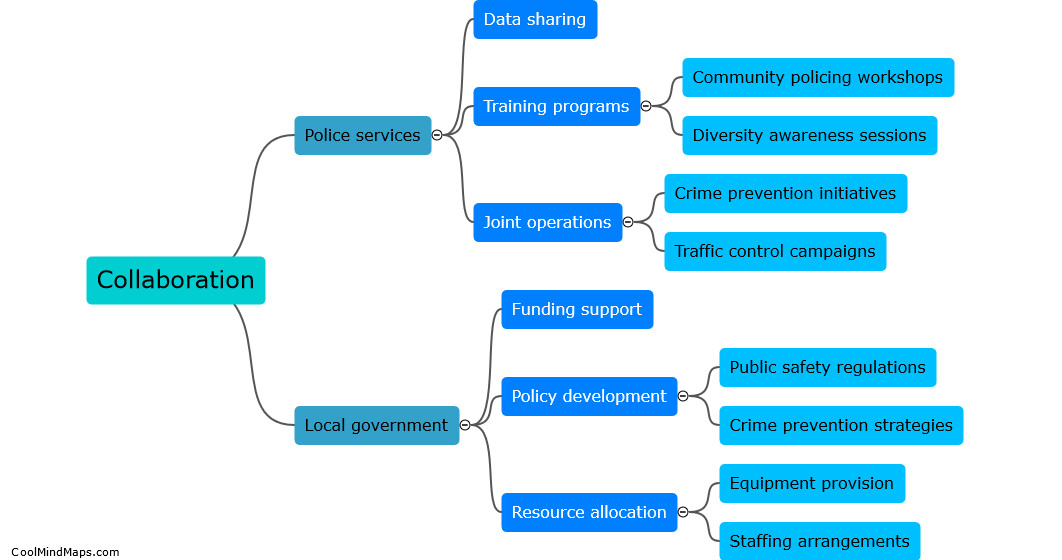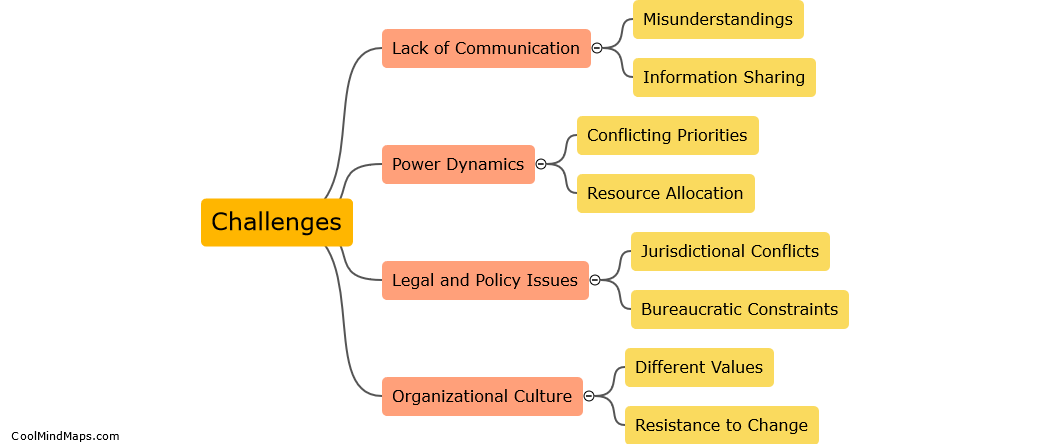How are priorities determined in local government?
Priorities in local government are determined through a multi-step process that involves various stakeholders. The first step involves elected officials and local government administrators identifying critical issues and areas that require attention. This can be based on public needs, public input, community surveys, or the goals set by the government. Next, departments and agencies within the local government analyze available resources, budget constraints, and existing programs to determine feasibility and effectiveness. This information is then presented to the elected officials who may hold public hearings or engage in discussions with community members to gather additional input. Ultimately, priorities are determined through a combination of expert analysis, public input, political considerations, and the overall goals and vision of the local government.

This mind map was published on 15 November 2023 and has been viewed 91 times.
